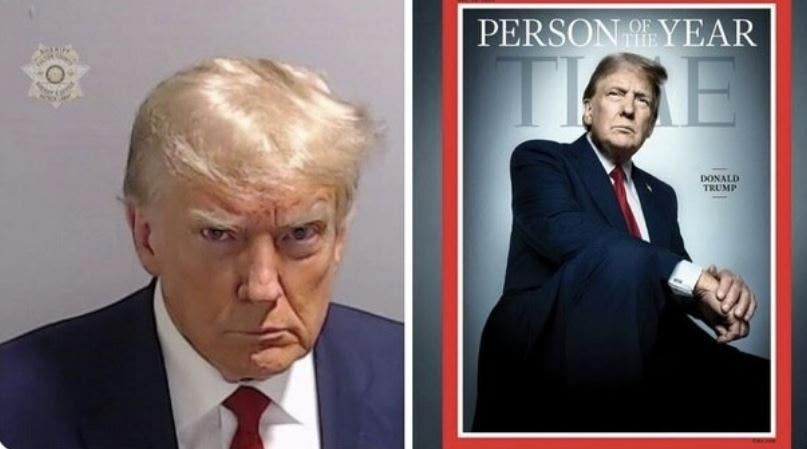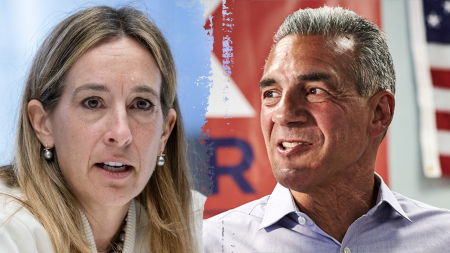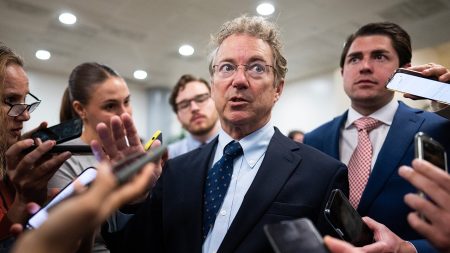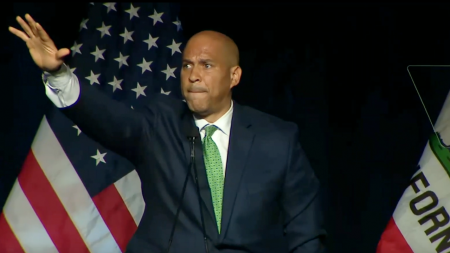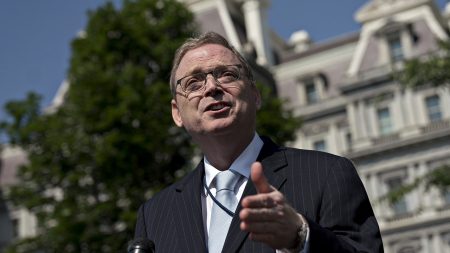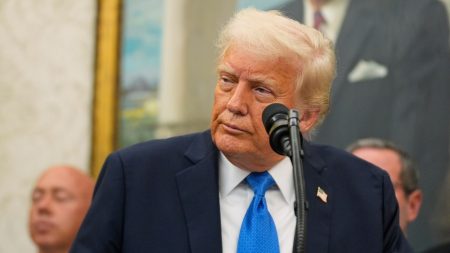Paragraph 1: The Juxtaposition of Images and Narratives
Former President Donald Trump’s Truth Social post, featuring his 2023 mugshot alongside his recent Time magazine "Person of the Year" cover, encapsulates the complex and often contradictory narratives surrounding his public persona. This stark visual juxtaposition invites reflection on the dramatic trajectory of his political career, marked by both unprecedented achievements and significant legal challenges. The mugshot, a symbol of his indictment on election racketeering charges, represents the culmination of years of intense scrutiny and legal battles. Conversely, the Time cover signifies his continued relevance and influence in the American political landscape, underscoring his remarkable comeback after losing the 2020 election. This contrasting imagery highlights the paradoxical nature of Trump’s public image, simultaneously embodying a figure of controversy and a powerful force in American politics.
Paragraph 2: From Indictment to Accolade: A Tumultuous Journey
The timeline of events leading to this contrasting image pairing underscores the turbulent nature of Trump’s political journey. The mugshot, taken during his processing at the Fulton County Jail in Atlanta, serves as a stark reminder of the serious legal challenges he faces. These charges, stemming from allegations of attempts to overturn the 2020 election results in Georgia, represent a significant threat to his political future. Yet, amidst these legal woes, Trump achieved a remarkable feat – being named Time’s Person of the Year for the second time. This recognition, coming after a tumultuous period marked by an assassination attempt and a successful return to the political spotlight, underscores his enduring influence and capacity to capture public attention.
Paragraph 3: The Significance of the "Person of the Year" Title
Time magazine’s "Person of the Year" title is not an endorsement of the individual’s actions or beliefs. Rather, it acknowledges the individual’s significant impact on the year’s events, whether positive or negative. Trump’s selection reflects his continued dominance of the political discourse, his ability to mobilize a dedicated base of supporters, and his enduring impact on the Republican party. The magazine’s in-depth interview accompanying the cover story delves into the complexities of Trump’s persona and his plans for a second term, providing a platform for him to articulate his vision and address the controversies surrounding his political career.
Paragraph 4: Trump’s Response and Historical Context
Trump’s reaction to the "Person of the Year" accolade – expressing gratitude and acknowledging the professionalism of the Time team – reveals a calculated approach to managing his public image. He frames the recognition as an "honor," leveraging it to bolster his credibility and reinforce his narrative of success. His comparison of the mugshot and the Time cover can be interpreted as an attempt to reframe the narrative surrounding his legal troubles, presenting himself as a resilient figure who has overcome adversity. Furthermore, his achievement of winning a non-consecutive presidential term, a feat not seen since Grover Cleveland in the 19th century, adds another layer of historical significance to his political comeback.
Paragraph 5: The Power of Visual Communication in the Digital Age
Trump’s strategic use of visual imagery in his Truth Social post highlights the power of visual communication in the digital age. The juxtaposition of the mugshot and the Time cover creates a powerful and easily digestible message that resonates with his supporters and detractors alike. This simple yet effective visual strategy underscores Trump’s mastery of social media and his ability to control the narrative surrounding his public image. By presenting these two contrasting images side-by-side, he invites viewers to draw their own conclusions about his journey and his legacy.
Paragraph 6: A Legacy of Contradictions and Enduring Influence
Donald Trump’s political career is marked by contradictions and complexities. He is a figure who inspires both fervent loyalty and intense opposition, a testament to his unique brand of populism and his ability to connect with a specific segment of the American electorate. The contrasting images of the mugshot and the Time cover capture the essence of this complex legacy. They represent the ongoing tension between his legal vulnerabilities and his enduring political influence, leaving observers to ponder the future trajectory of his political career and his lasting impact on American society. As he prepares for a potential second term, the juxtaposition of these images serves as a powerful reminder of the multifaceted nature of his political journey and the ongoing debate surrounding his place in American history.




